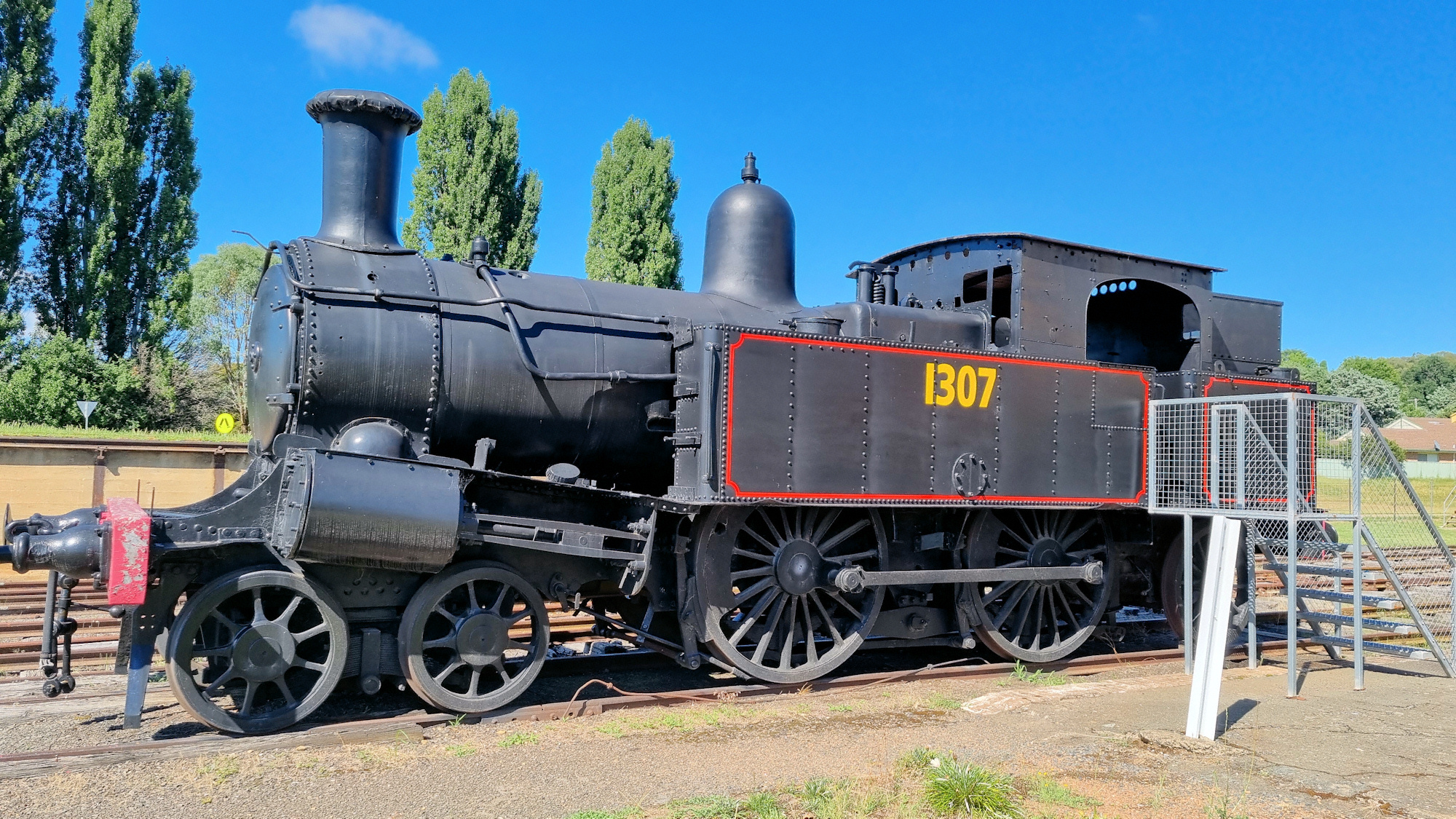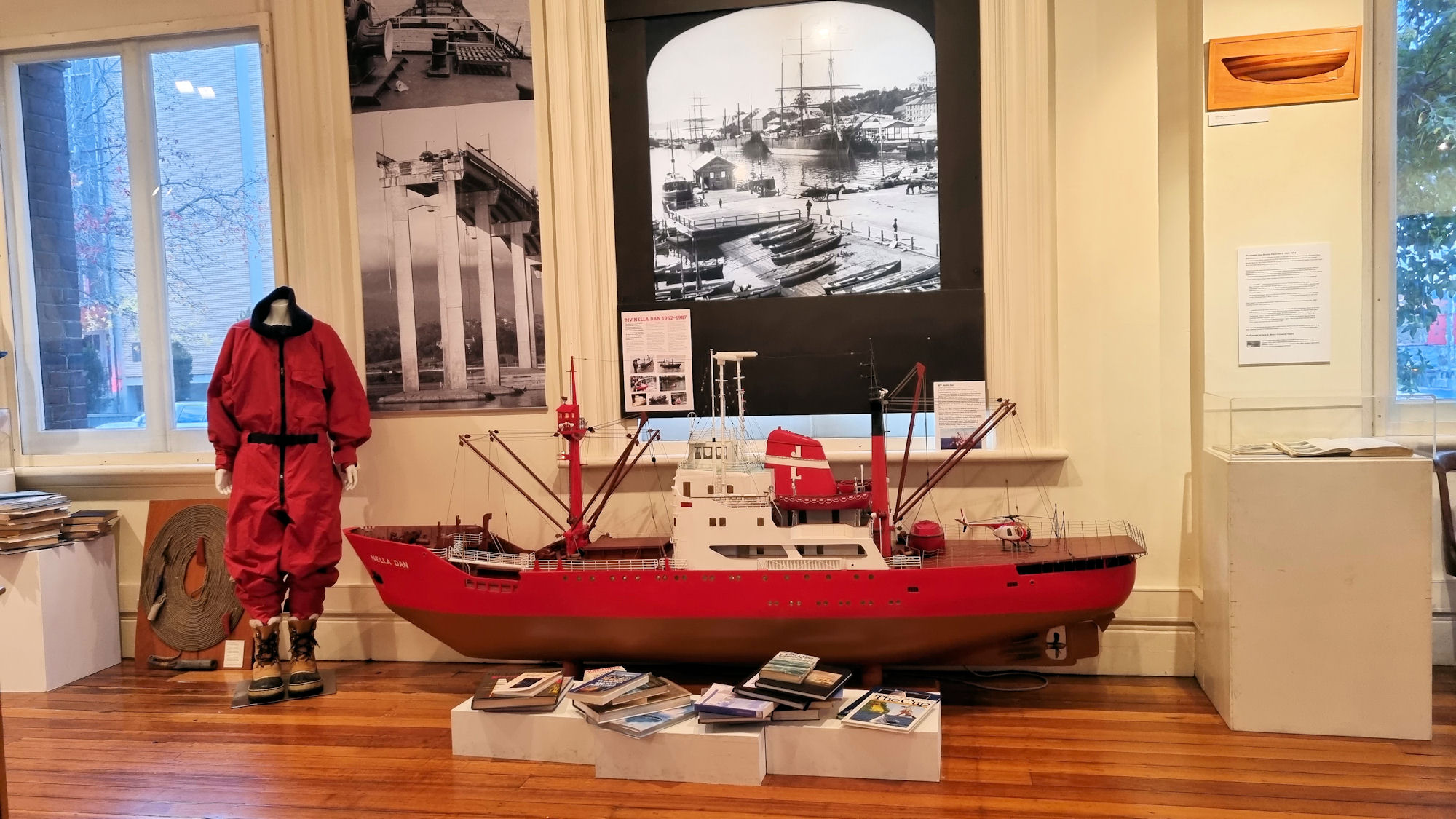Category: Vehicles
-
Yass Railway Museum

Yass Railway Museum Located in the old Yass Town railway station, the Yass Railway Museum displays some of the old rolling stock that used to work here. The main rail line passes four kilometres to the north of Yass, because two river crossing would have been needed to bring it through town. Because of this,… Read more
-
Wings Over Illawarra 2021 Air Show

Wings Over Illawarra 2021 Delayed since 2020 due to Covid, Wings Over Illawarra was able to get into the air on the weekend of 27/28 November 2021. Held at Shellharbour Airport, south of Wollongong, the air show was well organised, with plenty of parking and helpful volunteers. We stayed at a nearby hotel the previous… Read more
